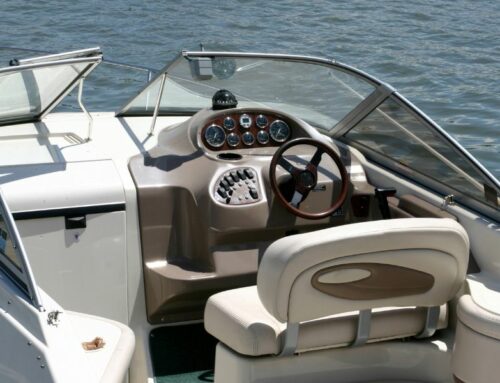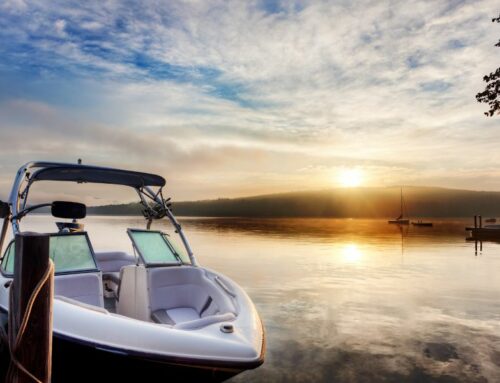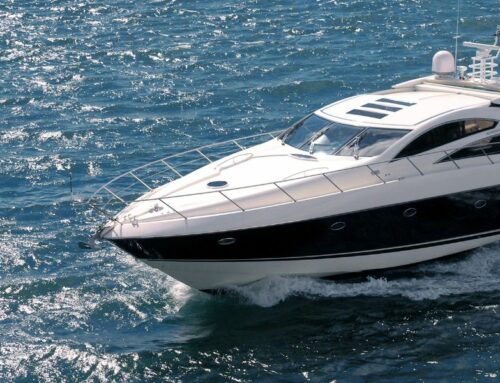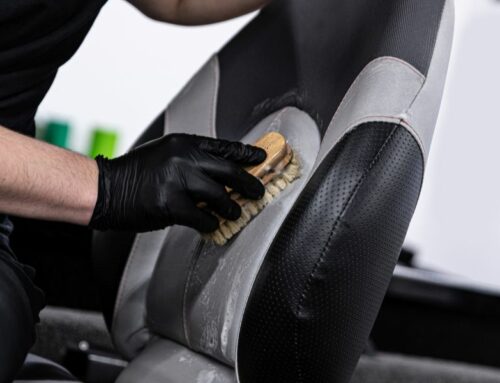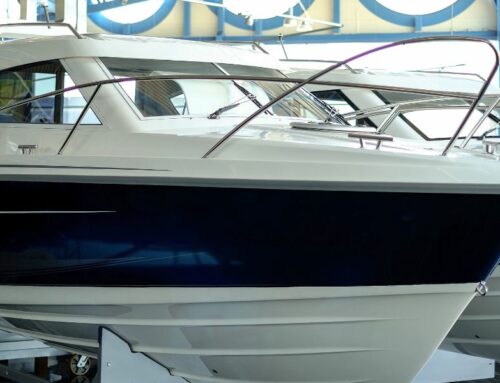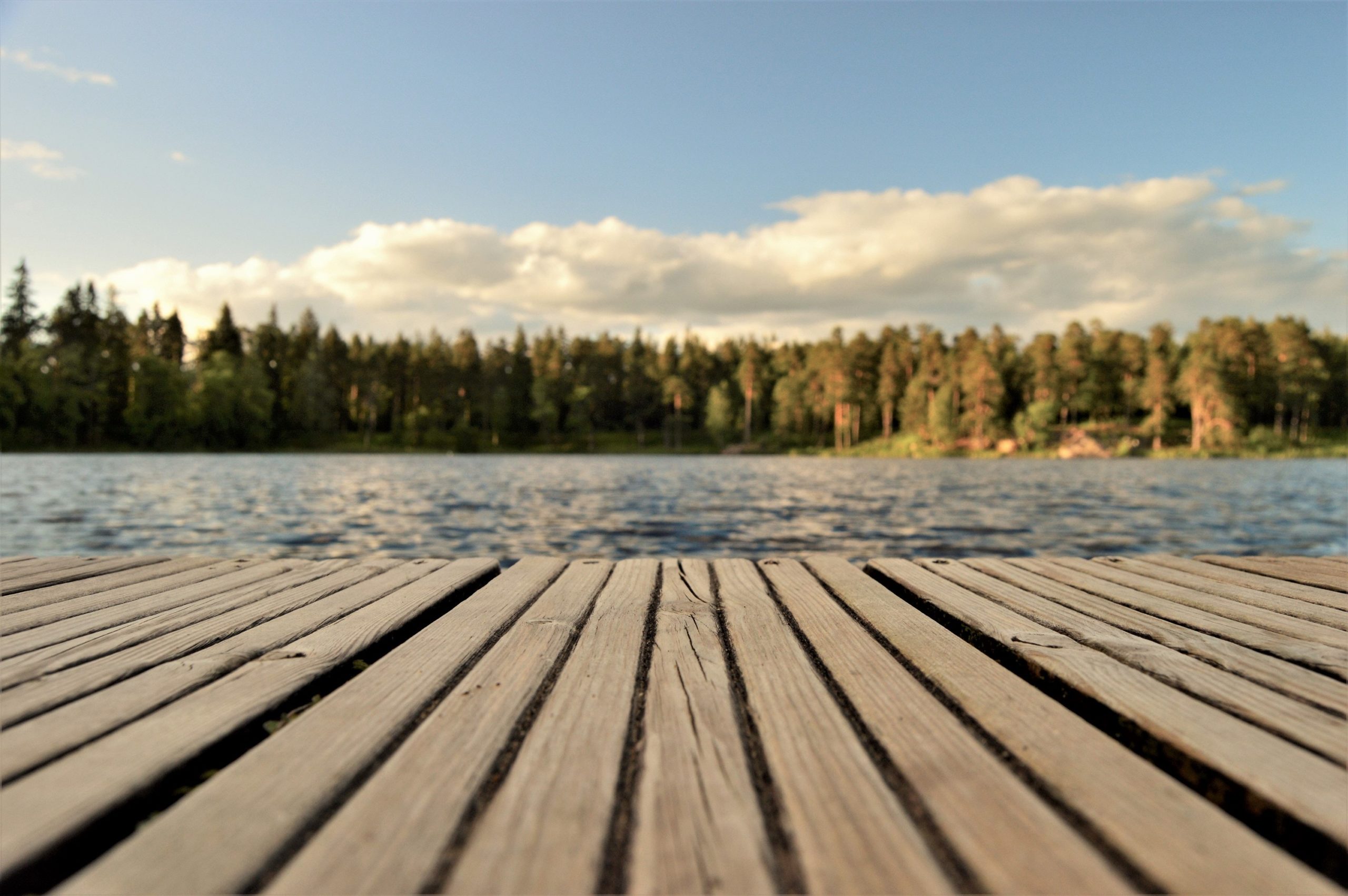
After a long day on the water, you might not even know that you’ve picked up a couple of hitchhikers along the way. Invasive aquatic hitchhikers are a fast-growing issue in the water world, and by being vigilant, you can do your part to decrease their spread.
What are Aquatic Hitchhikers?
Aquatic hitchhikers are organisms that spread to areas where they don’t naturally live. The name stems from the idea that they surreptitiously “hitch a ride” with boats to spread from one body of water to another. Upon their arrival, they cause harm to the area’s fish, plants, rocks, ecosystem, people, community, boats—even the economy.
These hitchhikers are also referred to as aquatic invasive species because they are foreign to and overwhelm their new environment.
Notorious aquatic invasive species include water hyacinth, zebra mussels, hydrilla, common carp, and so many more.
The Negative Impacts of Aquatic Hitchhikers
Once these invasive species make their way to a new, unprepared territory, they wreak havoc on the local water system. Negative consequences include:
- Impacting the health and safety of the local community.
- Upsetting the natural balance of the ecosystem.
- Driving out native species, which can have devastating effects on the local environment.
- Reducing fishing populations.
- Spreading pathogens and diseases that the water system isn’t prepared to handle, including whirling disease.
- Threatening recreational activities.
- Damaging your boat or water accessories, such as swimming rafts and ladders.
- Causing economic harm when the area has to be cleaned up, or the species needs to be controlled.
How You Can Do Your Part
The good news is that you can help limit the spread of invasive species. Follow these simple procedures after every boating excursion:
- Clear and clean your boat, trailer, prop, and shoes of all visible sediments, animals, and aquatic plants.
- Drain all of your boat’s water-holding devices before you leave.
- Dry all boat parts and materials for a minimum of five days or wipe everything down with a clean towel before heading to another body of water.
- Throw away all unnecessary items into the trash.
- Never take plants or fish from and transplant them into a different body of water.
When in doubt, remember: Clean, Drain, and Dry.
Note: It’s not only essential to limit the spread of invasive species; you should report any that you find. If you think you see an invasive species, we encourage you to fill out a Sighting Report Form.
Remember, Don’t Give Free Rides!
The threat of aquatic hitchhikers reminds us that we’re all connected on this planet. One small change to a local ecosystem can disrupt the tender balance of the world around us. Protect your favorite water systems from an alien species. We want our waters to be healthy, safe, and thriving for all to enjoy.
Armed with this information, you’re ready for an exciting and safe day of boating. Keep an eye on the horizon and on our Smooth Moves blog for the latest boating updates, including some of our favorite new boating electronics!



